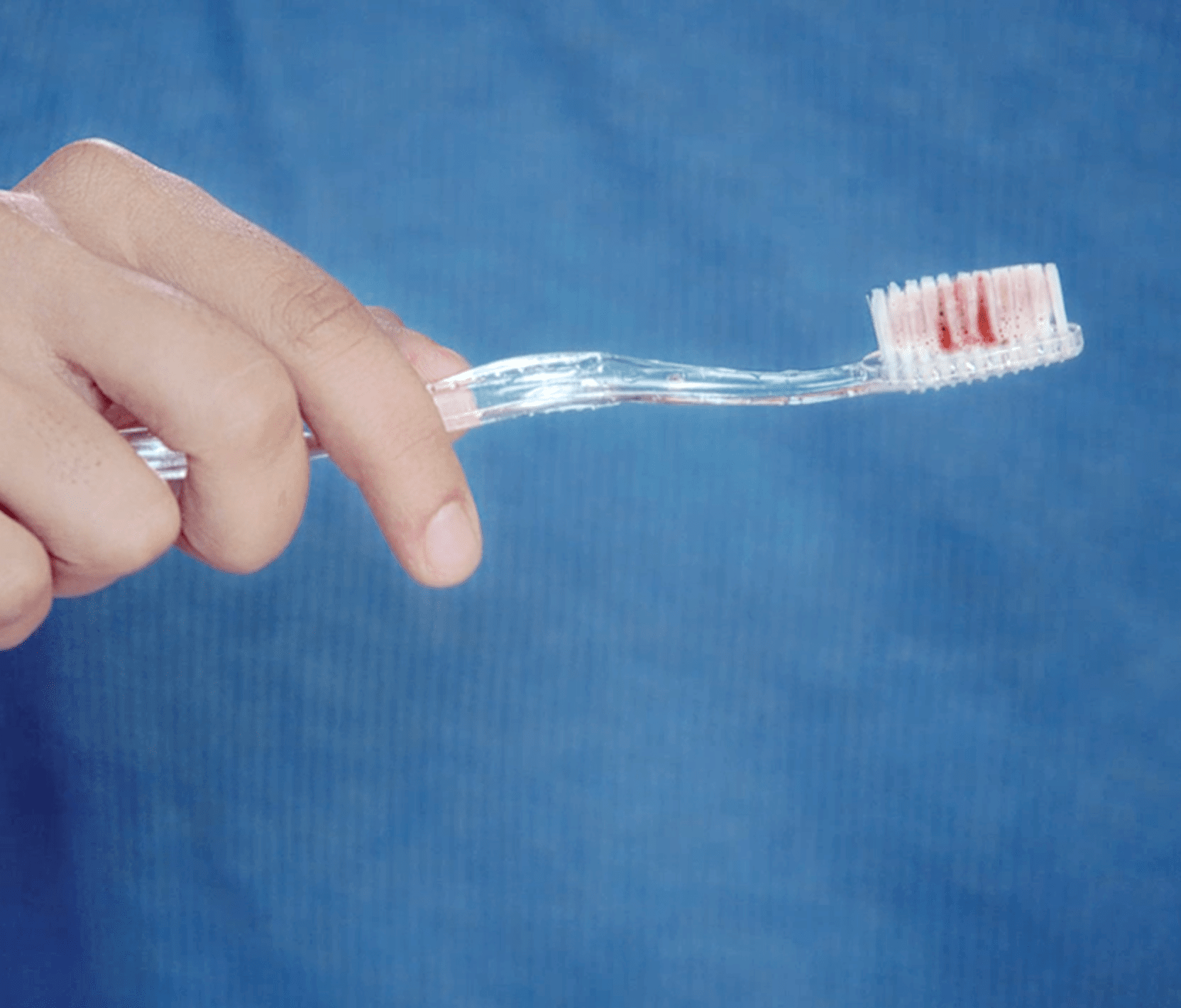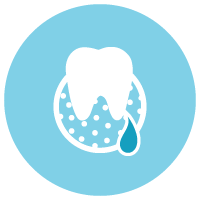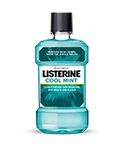Gum disease, also referred to as periodontal disease, is an infection of the tissues holding your teeth in place. It is inflammation caused by bacterial growth in your mouth, usually around your tooth and along the gum line. An individual suffers from gum diseases due to inadequate Oral hygiene allowing plaque to build upon the teeth and harden. Plaque is a sticky film of bacteria that can lead to major forms of gum diseases if not removed. If these diseases are not treated on time, they can potentially lead to sore, tender, bleeding gums and even tooth loss.

Is Gum Disease Common?
Contrary to the common myth that gum diseases are not common, they are extremely common. Without good oral care the plaque eventually starts building up on your teeth and gums. If it is not removed through proper oral hygiene, it has the potential to turn into tartar or calculus. Another common cause of gum disease is the lack of frequent visits to the dentist. It’s recommended that you visit the dentist every 6 months. Thus, excellent oral hygiene plays a major role in the health of your gums.
What Are the Stages of Gum Diseases?
The four stages of gum disease are:
1. Stage 1: Gingivitis:
Gingivitis is the first stage of gum disease. Over time, due to poor dental hygiene, your gums develop plaque on your teeth. This plaque causes irritation and gum inflammation. You may notice your gums bleeding during brushing your teeth or eating something hard like apple. At this stage, the damage can be reversed since the connecting tissues and bones that hold the teeth haven’t been impacted yet. However, if you do not get dental treatment, gingivitis sets in, causing not just gum bleeding, but also affecting your dental bone integrity.
2. Stage 2: Early Periodontitis:
In early periodontitis, slight loss of bone that supports your teeth occurs even though other symptoms may not be easily observed. The good news is that this stage is reversible with proper treatment, care, and an improved oral hygiene.
3. Stage 3: Moderate Periodontitis:
In moderate periodontitis, more bone and gum tissue are destroyed and loosening of teeth may also occur. This is the stage where utmost care needs to be taken to safeguard the fragile gums.
4. Stage 4: Advanced Periodontitis:
In the advanced periodontitis, an extreme stage of the disease, the fibers and supporting bones that hold your teeth in place become irreversibly damaged. A pocket below the gum lines is created, which traps plaque and the food you eat. The symptoms become more severe, teeth can become very loose and biting and chewing may hurt. If an aggressive treatment is not given, you may have to ultimately get your teeth removed by a dentist. Advanced gum disease causes loss of otherwise healthy teeth.
Gingivitis and Periodontitis
- Gingivitis
Gum inflammation or gingivitis usually happens before periodontitis. It is caused by the buildup of bacteria in plaque. But it is not necessary for gingivitis to turn to peritonitis. Most people suffer from gingivitis at some point in their lives, and the symptoms may be easy to ignore. However, if not treated, it can turn into many severe dental problems. The good news is it can be prevented and reversed with simple proper oral hygiene care and regular dental visits and cleanings.
- Periodontitis or Pyorrhoea
With periodontitis, the inner layer of the gum and bones pull away from the teeth holding them. They form pockets wherein the gums and teeth collect debris. These infected spaces can turn into advanced periodontitis if not treated.

The Difference Between Gum Disease, Gingivitis and Periodontitis?
A common mistake is to assume that gingivitis & periodontitis are the same thing. Yes, both are gum diseases, BUT these are two different gum diseases.
The earliest form of a gum disease is called gingivitis. It identified by red, swollen and bleeding gums. At this stage, the damage is reversible.
When gingivitis is not treated, your dental health deteriorates, leading to periodontitis. Periodontitis impacts your gums, bone, and dental tissue causing your teeth to come loose, and eventually tooth loss. At this stage, you need serious dental treatment to reverse the damage.

How Can Listerine Products Help?
When caring for your mouth, make sure you care for it in 3 steps:
1.Brush
2.Floss
3.Swish
With LISTERINE®, experience a mouthwash that virtually cleans 100% of your mouth. LISTERINE® prevents gum problems by preventing plaque, removing bad breath germs, and fighting tartar. Being ADA approved, LISTERINE® is a power packed mouthwash that keeps your mouth in its pink of health.
This information is intended to generate awareness amongst the users of oral care hygiene products. It is always recommended to seekadvice from your dentist or other qualified health care provided for any diagnosis or treatment.










All Fields required, unless otherwise indicated
Will be used as your user name
{* customQuestions *}We collect your personal information to process your request to create an account for this web site. If you did not give us your personal information we would be unable to open your account. Your personal information will be processed and stored by our contracted service provider who supports this site on our behalf and they are located in the USA.
With your express consent, which you give us by registering and opening an account on our web site, we will send you exclusive offers, product updates and other promotional information about our product range by mail, SMS or email.You may revoke your consent to our use of your personal information at any time by telling us or updating your details on the site. Also, subject to exceptions permitted by applicable law you may request access to, or correction of, your personal information. For further information about how you might revoke your consent, request access to or correction of your personal information, make a privacy enquiry or complaint, or see our full Privacy Policy please<click here>
By pressing “Submit” you expressly consent to : * Receiving marketing communications from us by mail, email or sms; * Your personal information being processed and stored outside your country of residence; and * Your personal information being processed by our contracted service provider.